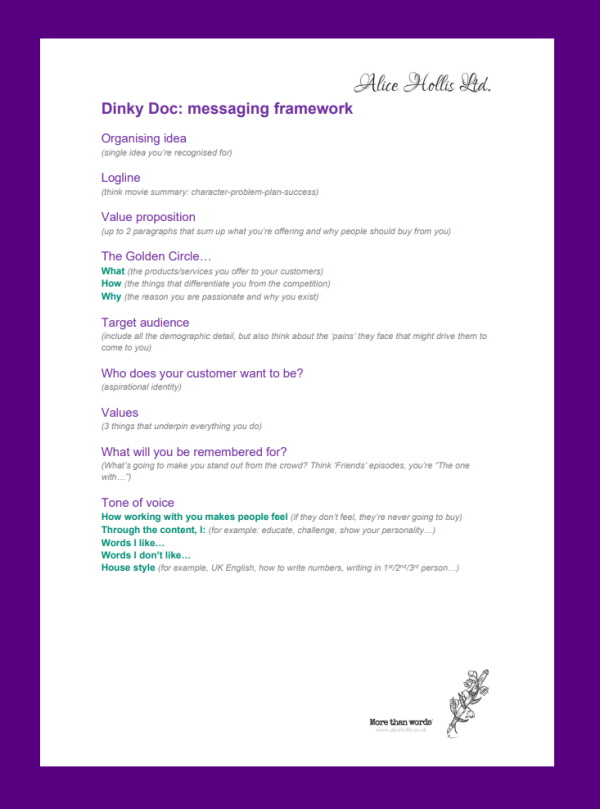Your content fails to convert because your audience doesn’t read to the end
You send your guide for review. The team and your boss is happy, so you publish, promote, and wait for the leads to drip through.
Only they don’t.
Check the page analytics and you’ll see the session duration time is under 1-min, which means your audience dropped off before they reached the end and didn’t see, or complete, the all-important call-to-action (CTA).
Why?
Possibility 1: a failure to carry the theme through
Take a look at the front page of your guide. What does the title say?
The title is a statement of intent – it makes the reader a promise about what they will learn from reading the content. Within longer-form content, like a guide or report, that intent can be easily lost if you end up down a rabbit hole. For example, your guide said it would focus on why transformation fails (and how to stop your project facing the same fate!), but it quickly turned into an in-depth look at the modern workplace because while researching your context, you went down a rabbit hole about remote working and cloud-based infrastructure.
It’s not that your content is bad, simply that you promised your audience one thing and deliver something else – something that isn’t of interest to them right now, so they bounced.
However, with a little careful editing, it’s possible to bring your guide back on track.
Again, go back to your title so you’re clear on the overall theme (for example, digital transformation) and the intent (for example, how to avoid failed change).
Next, write down the 3x supporting messages that you will use to explore the theme. For example:

This becomes the bare bones of your guide, helping to set the narrative for the whole piece to ensure everything hangs together.
Now, go back through your guide, section by section, and delete anything that doesn’t support the overall theme or key messages. While interesting, these are the words that are making your audience drop off because they’re not delivering – and in fact, detracting from – your statement of intent.
Finally, check your ‘conclusion’. Does it summarise your guide and fulfil your promise? Don’t make your audience think – spell it out and ideally use bullets to make it crystal clear and quick to read.
| TEMPLATE: how to structure long-form content, like a guide, report, or white paper |
 |
| Download your copy now… |
Possibility 2: a failure to open with a value proposition
All copy follows the same basic structure:
🧁Context
🧁Problem/opportunity
🧁Anticipated outcome
🧁Solution overview (with evidence!)
🧁CTA
| TEMPLATE: the core structure of all copy |
 |
| Download you copy… |
However, your audience is time-poor, and you need to be respectful of that. So think like a journalist. Use your opening sentence/paragraph/section to deliver the whole story in a nutshell:
🧁Who
🧁What
🧁When
🧁Where
🧁Why
🧁How
Think of it like an elevator pitch – even if you have your reader’s attention for a few seconds, you deliver something highly valuable.
Possibility 3: a failure to talk TO your audience ABOUT your audience
Grab a highlighter and mark up every time you refer to ‘we’, ‘our’, ‘company name’.
Now grab a different colour to highlight every instance of ‘you’, ‘your’.
When you’re in promotion mode, it’s easy to fall into the trap of talking about yourself. But your audience doesn’t care about you (harsh, but true). They only care about themselves, so you can only talk to them, about them.
If your content falls into this category, it’s easily fixed with a little reframing. If you’ve written something like, “We have 30 years’ experience”, “We’re a multi-award-winning consultancy”, “We’re a certified gold partner”, ask yourself: what does that mean to the audience?
For example:
🧁30 years’ experience: means you’re not a cowboy taking advantage of the latest trend. You’ve invested in this domain and have subject matter experts with the skills, knowledge, and experience to overcome your audiences’ challenges.
🧁Multi-award winning: means independent, credible third-parties have judged your business/product/service to be the best, because it delivers X, Y, and Z – this is a great place to insert some case study results or a testimonial!
🧁Certified gold partner: means you can help your customers access vendor specialists, different service level agreements, discounts, and add-on services. It also means your team has completed specialist training and hold certifications, which give you domain expertise your customers benefit from.
| TEMPLATE: messaging framework |
 |
| Download your copy… |
Want to learn more about how to write great engaging content that keeps your audience hooked?
🧁Download your editing checklist.
🧁Learn more about content creation for a product/service launch.
